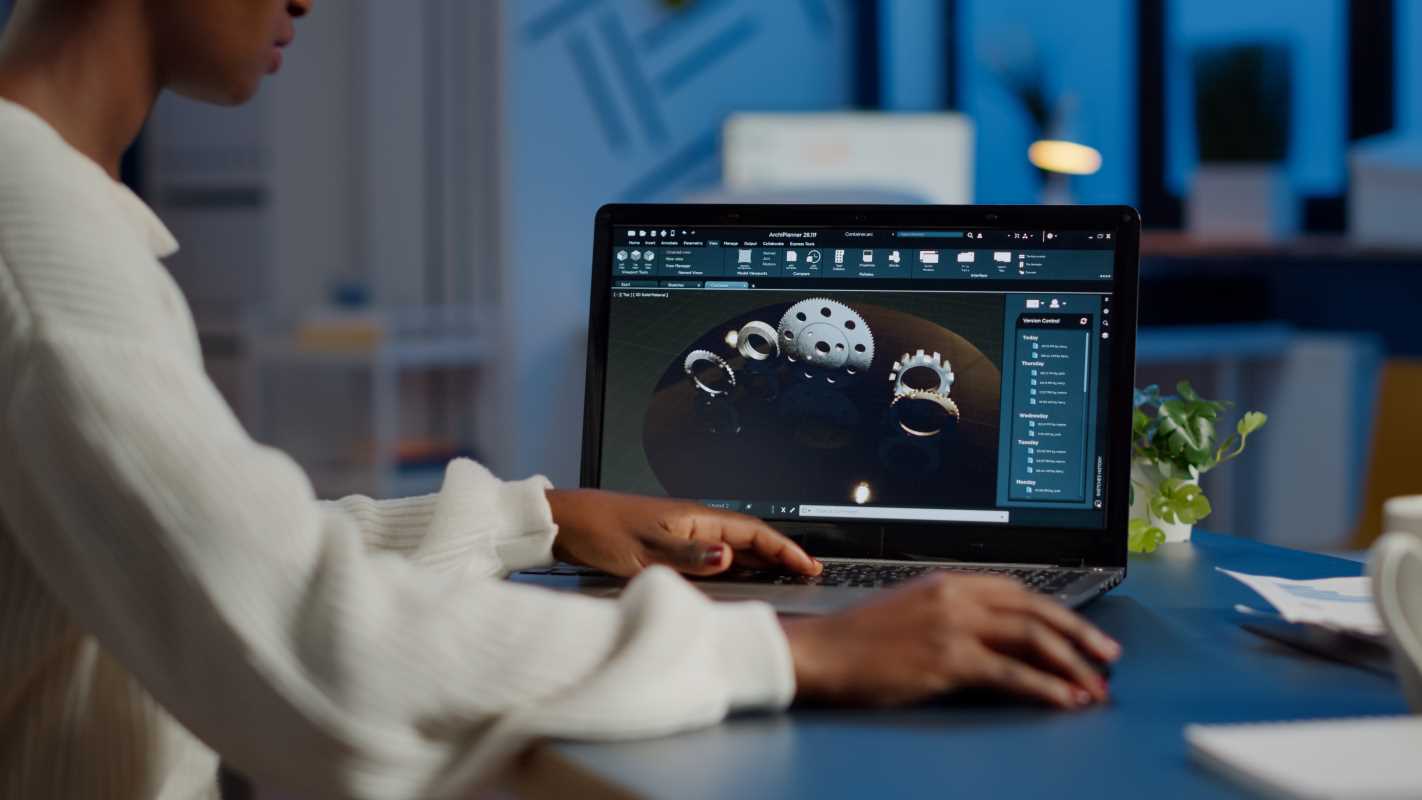Product designers are visionaries who shape the world by creating products that solve problems, improve experiences, and enrich lives. From groundbreaking medical devices to everyday consumer goods, their work influences how people interact with the tools and technologies around them. In an era defined by innovation, product designers have an unparalleled opportunity to develop solutions that address real-world needs while making a lasting impact. To succeed, they must combine creativity, empathy, technical skills, and strategic thinking to invent products that truly change lives.
The Role of a Product Designer
A product designer’s role goes far beyond aesthetics. While the visual appeal of a product is important, the primary goal is to create solutions that are functional, user-friendly, and aligned with the needs of end users. Product designers often work at the intersection of design, engineering, and business, collaborating with teams to conceptualize, prototype, and refine products. Whether it’s designing wearable health trackers that monitor vital signs or ergonomic office furniture that boosts productivity, product designers are problem solvers. They identify challenges, gather insights from users, and translate those insights into innovative designs that improve daily life.
Understanding User Needs
Empathy is at the core of impactful product design. To create meaningful products, designers must deeply understand the needs, preferences, and pain points of their target audience. This process typically involves:
- User Research: Designers conduct interviews, surveys, and observational studies to gather insights into user behavior and challenges.
- Journey Mapping: Mapping out a user’s experience with a product helps identify opportunities for improvement and innovation.
- Feedback Loops: Iterative testing and refinement ensure that the final design aligns with user expectations and resolves key issues.
By prioritizing user needs, product designers can create solutions that are not only functional but also emotionally resonant.
The Design Process
The path to inventing life-changing products involves a structured yet flexible design process that balances creativity with practicality.
- Problem Definition: The first step is to identify the problem the product will solve. This requires analyzing market trends, user needs, and potential gaps in existing solutions.
- Ideation: Designers brainstorm and sketch multiple concepts, exploring a wide range of ideas before narrowing them down.
- Prototyping: Prototypes allow designers to test their ideas in physical or digital form. Early-stage prototypes can be as simple as paper models, while later iterations may involve 3D printing or interactive software.
- Testing and Iteration: Feedback from users and stakeholders is invaluable during this phase. Designers refine their prototypes, addressing shortcomings and enhancing features.
- Production and Launch: Once a design is finalized, it moves into production. Designers often collaborate with engineers and manufacturers to ensure quality and feasibility.
Innovating Across Industries
Product designers work across a diverse range of industries, each with unique challenges and opportunities for innovation.
Healthcare: Designing products like prosthetics, medical devices, and telehealth platforms requires an understanding of both technical specifications and human needs. Products in this space can significantly improve quality of life for patients.
Technology: From smartphones to smart home devices, product designers in the tech industry focus on creating intuitive interfaces and seamless user experiences.
Sustainability: As environmental concerns grow, designers are tasked with creating eco-friendly products that minimize waste and reduce carbon footprints. Examples include biodegradable packaging and energy-efficient appliances.
Consumer Goods: Everyday products, such as kitchen tools and furniture, benefit from thoughtful design that enhances usability and aesthetics.
Skills Needed to Invent Life-Changing Products
Creating impactful products requires a combination of technical expertise, creativity, and soft skills. Key competencies include:
- Design Thinking: A problem-solving framework that prioritizes empathy, creativity, and iterative learning.
- Prototyping and Modeling: Skills in CAD software, 3D printing, and handcrafting models are essential for turning ideas into tangible prototypes.
- Collaboration: Working with interdisciplinary teams requires strong communication and teamwork abilities.
- Market Awareness: Understanding industry trends and business needs helps designers create commercially viable products.
- Adaptability: The ability to pivot and refine ideas based on feedback is crucial for success.
Making an Impact
The potential for product designers to change lives is vast. Consider innovations like affordable water purification systems that bring clean drinking water to underserved communities, or adaptive clothing designed for people with disabilities. These products address specific needs while fostering inclusivity and empowerment. Technology also enables designers to expand their impact. Virtual reality tools, artificial intelligence, and advanced materials offer new possibilities for creating solutions that were once unimaginable. For instance, AI can help designers predict user behavior, while biodegradable materials allow for sustainable product creation.
A Fulfilling Career Path
Inventing life-changing products as a product designer is a career that blends passion with purpose. Every project presents an opportunity to solve meaningful problems and make a difference in the lives of users. By staying user-focused, embracing innovation, and continually refining their craft, product designers can leave a lasting mark on the world—one product at a time.







